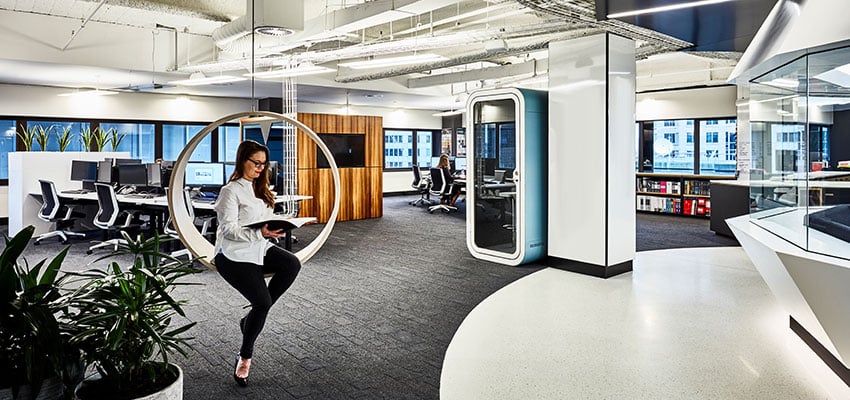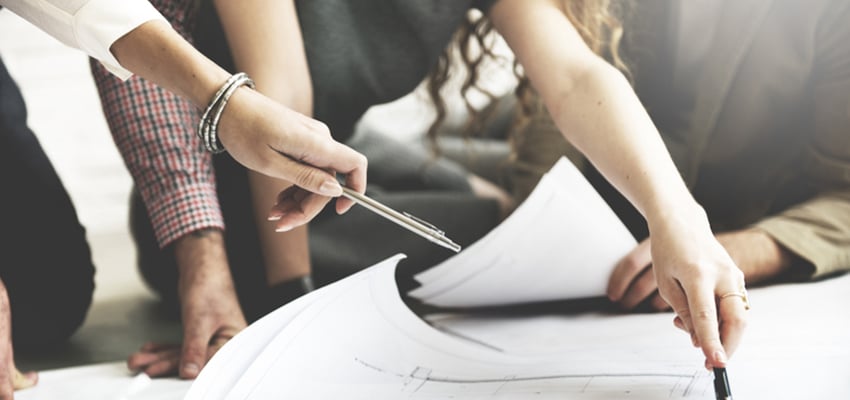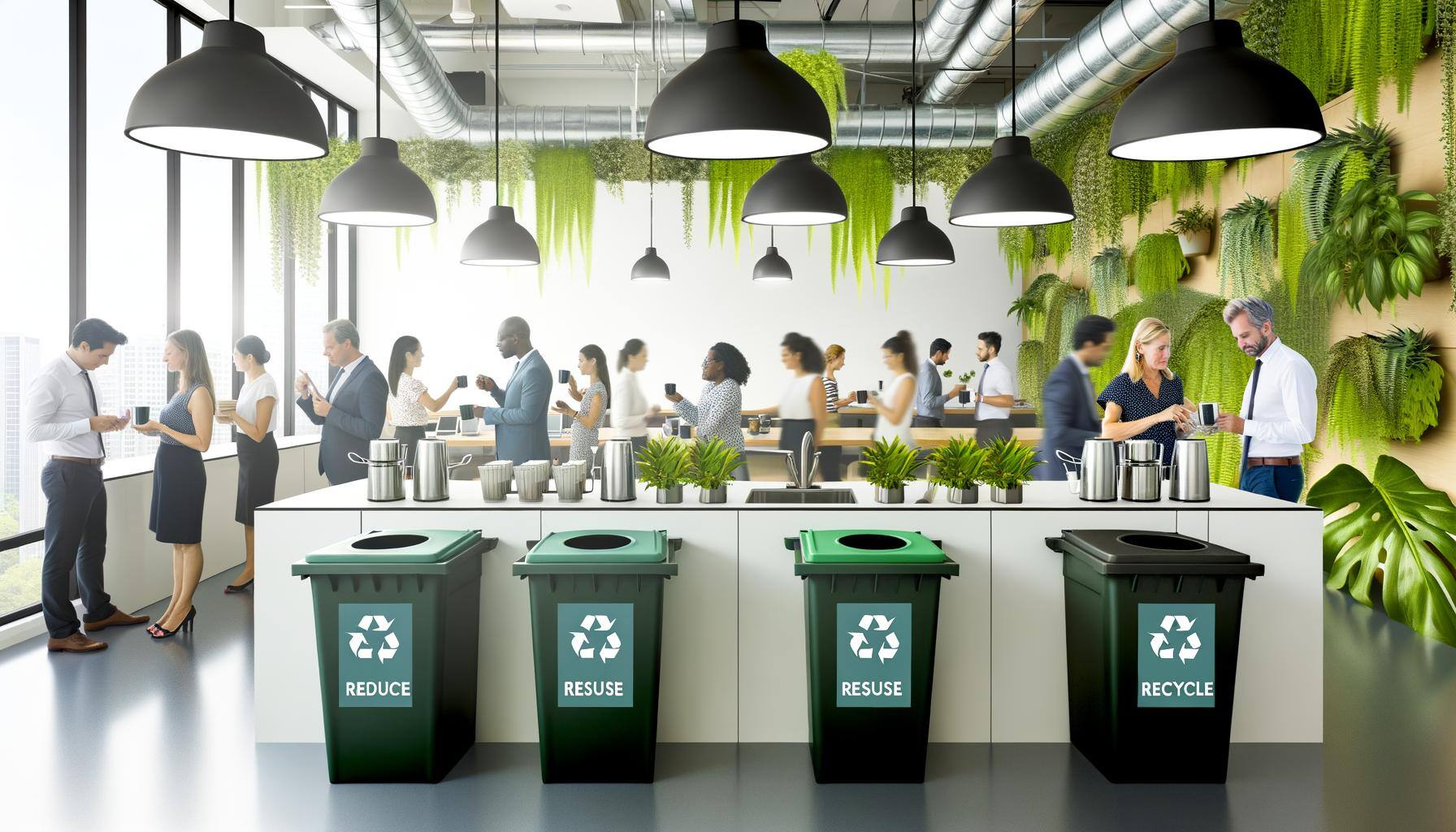Workplace Wellbeing and Technology Trends
Workplace wellbeing used to stop at the water’s edge of smoke-free spaces, artificial plants and brightness diffusers that sat over your computer monitor. But, in today’s workplace, such things are just the tip of the iceberg. You’ll also find that technology is playing an increasing role in the kind of workplace design that facilitates staff wellness.
The CEO of Limeade, Henry Albrecht, is adamant that, in time, the amount invested in wellness and its outcomes will be measureable. What he means is companies will be able to see the impacts of workplace wellness on their bottom-line.
With greater measurability on the cost of investing in a healthy and happy workforce on the horizon, here are some ways that you and your organisation can you get ahead of the workplace wellness curve, with technology that both complements and seamlessly integrates into modern workplace design (when implemented correctly, of course).
Wellness portals
If the term is not something you’ve heard before, wellness portals are basically online hubs that serve as a one-stop destination for you and your staff to access health and wellness information (e.g. make a health insurance claim, book into a Yoga class or access other healthy lifestyle features). When integrated with the data collated from wearables (i.e. technology that can be worn close to the body to collect bio feedback), wellness portals can assist HR departments by tracking employee wellbeing on a global scale.
‘Connected’ workplaces are already a key feature of today’s office design and fitout concepts but, as the adoption of wellness portals and wearables ramps up, it is important your office workspace design incorporates the flexibility to adapt to changing technology. Make sure you keep front-of-mind the necessity to have IT infrastructure that can provide your employees with reliable and effective access to tools that will improve workplace wellbeing.
Breakout spaces
Breakout spaces are not a new concept in workplace design. What is new with these spaces, however, is their effectiveness in promoting workplace wellness. Where a breakout space may have merely once had a coffee machine and some unused office chairs near a window, the modern breakout space takes into account a wealth of aesthetic factors – like custom-made furnishings – alongside functionality considerations such as accessibility and effective use of light and sound.
While breakout spaces have traditionally been ‘tech-free’ zones, workplaces are now seeing technology as a positive contributor to relaxation and wellbeing – whether that means following a guided meditation from an app, playing a networked game or chilling out to some music. However, making sure your connectivity is seamless is the key to ensuring your workplace technology functions in this manner – there’s no better way to raise blood pressure than to have Wi-Fi signals dropping in and out!
When it comes to planning an office makeover, it is vital you have a crystal-clear understanding of the purpose of your breakout space. Will it be a room for quiet discussion? Will it be a refuge for employees who may be experiencing a stressful day to escape and breathe out for a moment or two? Will it be somewhere that your people can carry out work away from their desks?
Knowing what parameters you want to set around your breakout space – and, possibly, creating multiple breakout spaces for different purposes – will ensure the resources you dedicate will efficiently boost workplace wellbeing.
Ergonomics
A really simple example of effective ergonomics is the rise of standing – or height-adjustable – desks.
The health and productivity benefits of height-adjustable desks are widely agreed upon. However, the cost of overhauling each workstation with new furniture can be daunting for many office managers. Thankfully, manufacturers are creating sit-stand desk solutions that alter existing furniture to allow for this versatility, as well as the provision of completely new workstations. As the popularity of standing desks has increased so have the aesthetic considerations, meaning height-adjustable desks look right at home and play an important role in workplace wellbeing.
Consider introducing sit-stand solutions with one-touch electronic functionality that can accommodate hot-desking and be easily modified to the height specifications of different employees.
Workplace wellbeing is more than a buzz term - it can give back to your business if you consider it wisely. Click To Tweet And technology should be your friend in workplace wellbeing, so embrace it.
Learn more about creating spaces that promote wellness and wellbeing at work in our eBook: The fundamental of wellness and wellbeing in workplace design.








